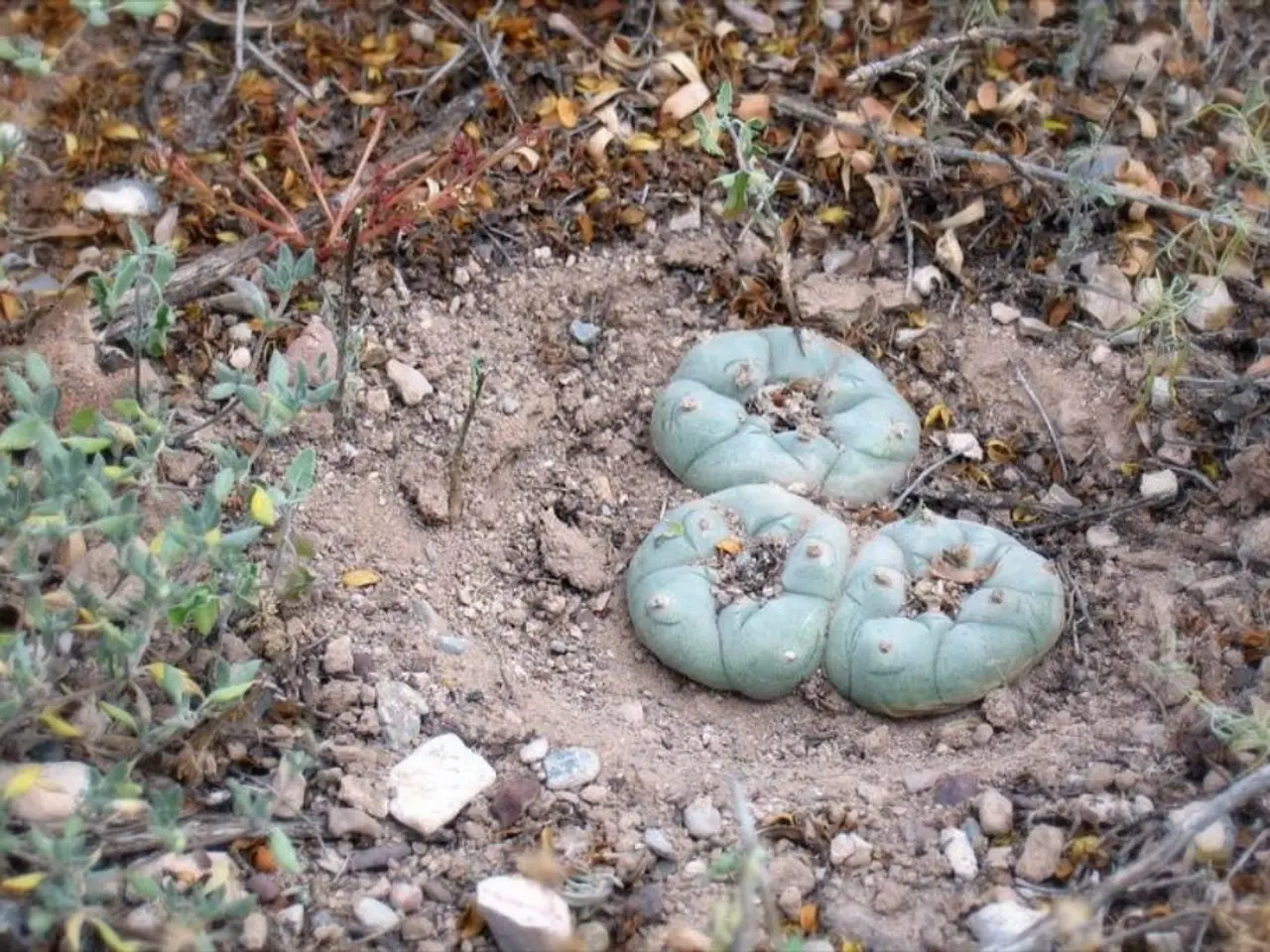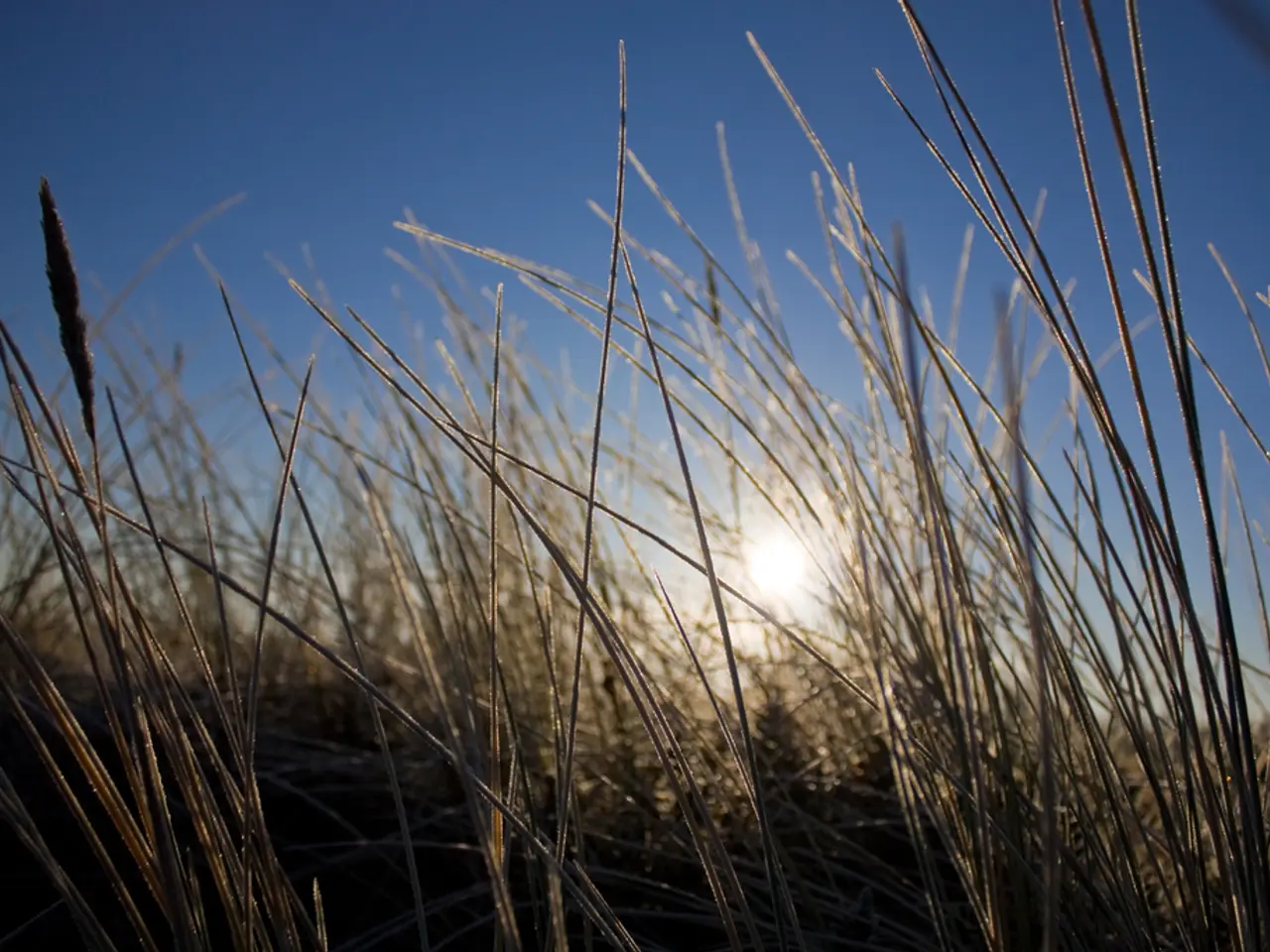Troublesome Terrain for Greenery: Reasons Behind Clay Soil's Negative Impact on Plants
Clay soil, renowned among gardeners for its challenging qualities, is a thick, nutrient-rich type of soil with a compact and sticky texture. This texture makes it difficult for plants to extend their roots through the soil.While clay soil holds more water than sandy soils and is often rich in nutrients, it has several disadvantages that can hinder plant growth.
One of the main issues with clay soil is its susceptibility to waterlogging. Clay soil's slow absorption rate causes it to retain water for extended periods. Consequently, roots may be deprived of oxygen, leading to root rot or other related problems. The problem arises due to clay soil's resistance to water movement, which impedes root growth. In some instances, clay soil becomes so compacted that it forms hard soil layers called pans, hindering plant roots' penetration.
To address the waterlogging issue in clay soil, it is essential to incorporate organic matter. This can encompass composted tree bark, wood chips, straw, leaves, aged animal manure, and green waste. To prevent further compaction, avoid tilling, walking on, or planting in clay soil when it is wet. It is crucial to let clay soil dry out before planting or amending it to ensure air availability for roots.
Other challenges associated with clay soil include its density and tendency to become mucky when wet. Its resistance to water movement and slow warming in spring can make it difficult for roots to penetrate, significantly impacting plant growth. Clay soil also has a propensity to frost-heave in the winter, which can be detrimental to plants.
To combat these issues, it is advisable to add organic matter such as compost to improve clay soil's structure, encourage better drainage, and promote root development. Another solution is to create raised beds, which elevate the soil above the waterlogged area, thereby enhancing drainage.
In addition to the organic matter amendment and raised beds, minerals such as gypsum can be employed to loosen compacted clay particles, improving drainage and root penetration without affecting the soil's pH. Care should be taken when using perlite or horticultural sand, as they may lead to excessive sand mixing into clay soil if not used sparingly.
By understanding the challenges of clay soil and implementing these improvement strategies, gardeners can create an environment where plants can thrive despite its inherent difficulties.
Adopting the right lifestyle in a home-and-garden setting can involve the strategic management of clay soil to optimize plant growth, given its distinct properties. For example, incorporating organic matter like composted tree bark or aged animal manure into the garden can help ameliorate the issues relating to clay soil's waterlogging, density, and slow warming. This lifestyle choice, further complemented by creating raised beds or employing minerals such as gypsum, can significantly improve the soil's structure, drainage, and root development, thereby fostering a favorable environment for gardening in clay soil.






